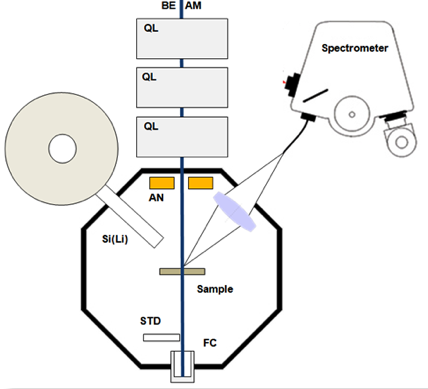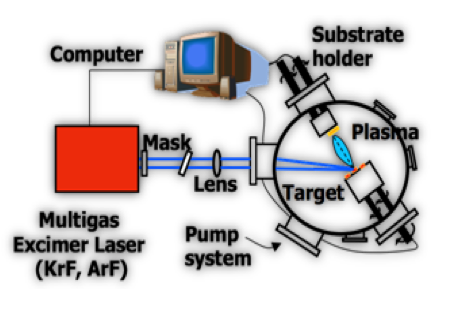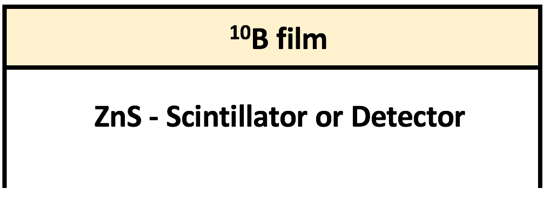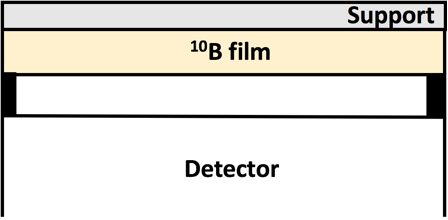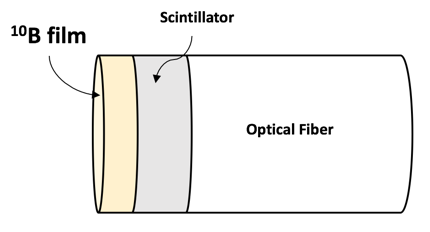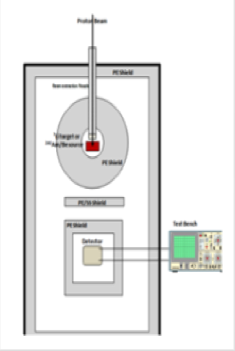BoLAS (Flexible 10 B-based converter deposited by the laser ablation) is a technological research experiment based at INFN Lecce aimed at the deposition, by pulsed laser deposition technique (PLD), of 10B enriched films in order to realize flexible thermal neutron converters, alternative to 3He-based ones.
The main advantage of the laser ablation technique is the possibility to deposit thin films on different kind of substrates, including flexible ones at room temperature.
Flexible neutron converter will be deposited on different kind of detectors such as scintillation fibre and solid state detectors. Applications will range from neutron diffraction instruments, to monitor of thermal neutron flux for boron neutron capture therapy, to neutron tomography.
People WP1: Deposition and characterization of 10B enriched film deposited by PLD Activities: WP2: Definition of thickness and geometries of 10B thin film Deposition of 10B enriched thin films with the above defined characteristics. Activities: WP3: Deposition and characterization of heterostructures of thin superconductor film and 10B Superconductors, coupled with a neutron converter, can be used as neutron detectors since the a particle can suppress superconductivity in the superconductor heterostructure. Thermal neutron detection has been shown by this technique by depositing 10B thin films on NbN strips acting as superconductor at T<11 K. We propose the use of thin layers of heterostructures of metal films which can exhibit superconductivity at T> 100K. WP4: Test of 10B- based detectors by PLD Detector test bench using as source of neutrons 241Am-Be radioactive source and near threshold 7Li(p,n)7Be reaction induced at the 3 MV Tandetron accelerator available at CEDAD. Further tests will possible involve the other INFN n-source such as the 241Am/Be source (5 x at INFN- Laboratori Nazionali del Sud.
National Responsible: Gianluca Quarta
L. Calcagnile
A.P. Caricato
D. Manno
A. Lorusso
M. Martino
A. Perrone
A. Serra
L. Maruccio
M. CorradoWork Packages and Time schedule
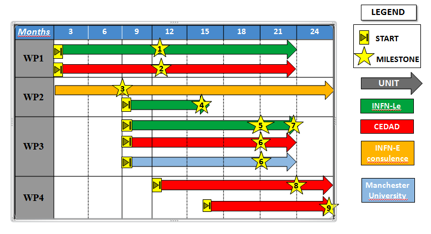
The films deposited by PLD will be characterized trough a multi-technique approach by using electron microscopy techniques (TEM/SEM-EDAX), X-Ray Diffraction (XRD), Atomic Force Microscopy (AFM) and Ion Beam Analyses (IBA) (CEDAD: Centre for dating and diagnostics).
